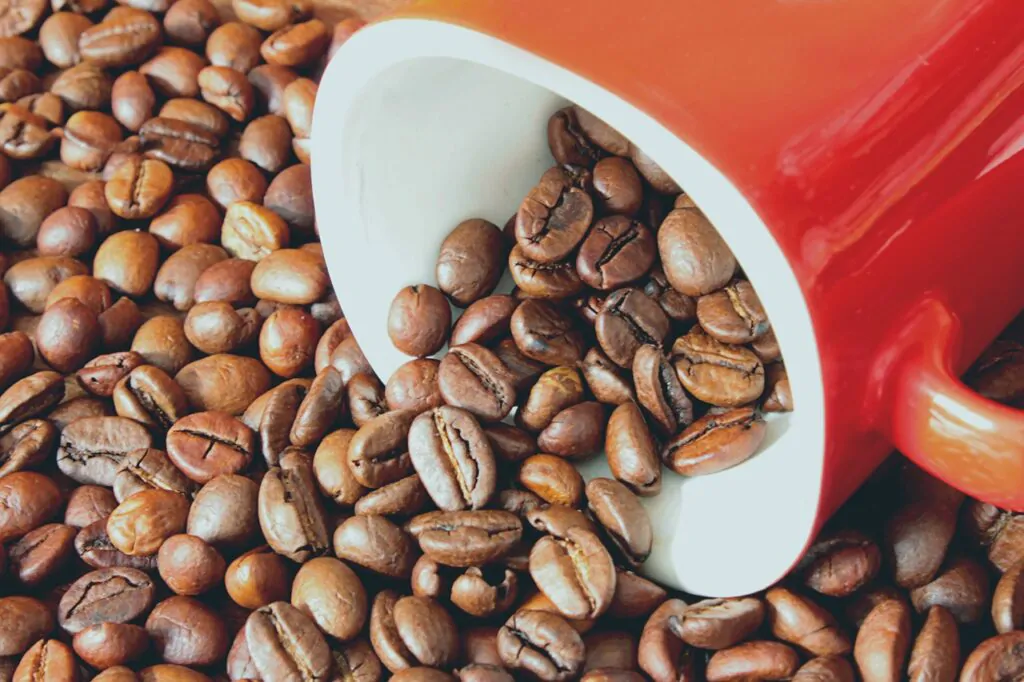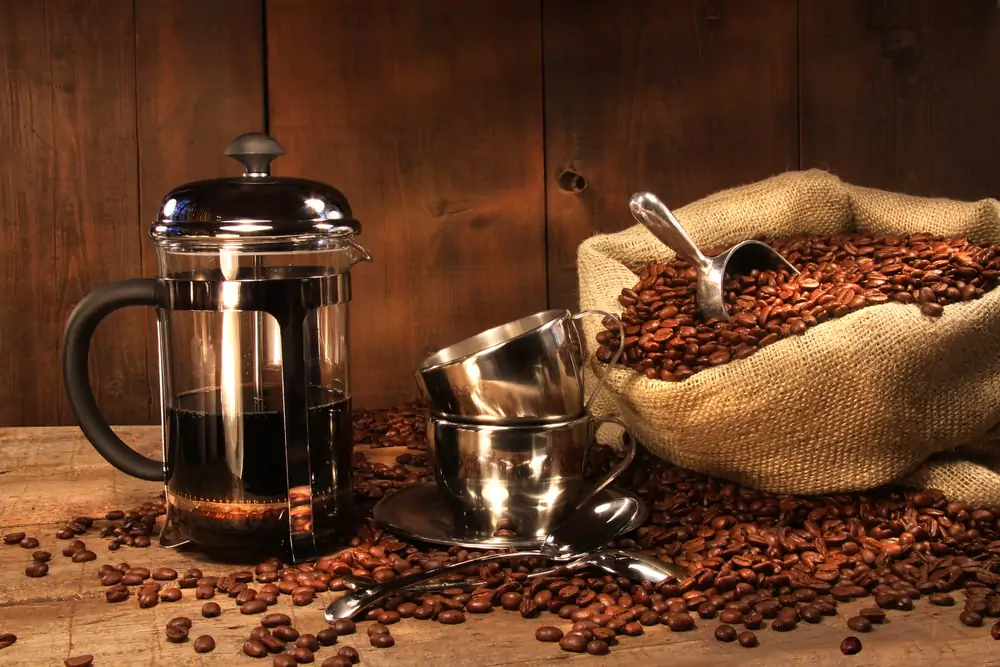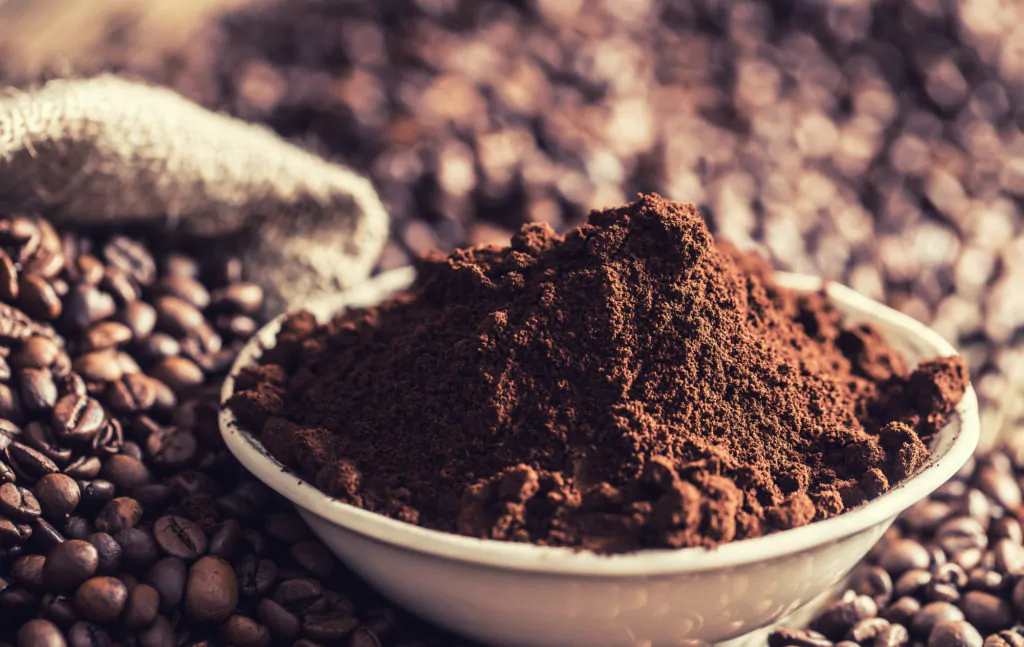French press coffee’s taste is undeniably unmatched. But you’ve got to do it the right way. Can you use whole beans in a French press? Read on to find out more.

A strong cup of delicious coffee is unbeatable in the morning, and French press coffee is even better than most brews. I prefer full flavor in my coffee, and that is what you can be sure of when you use a French press.
So, let’s get down to business. You’ve got your hands some great whole beans. Can you put them in your French press? No, you cannot. You can only use freshly ground coffee. Without grinding, the water won’t be able to absorb the coffee. Let’s learn more about all of this below.
Why You Can’t Use Whole Beans in a French Press

First, it is technically possible to brew coffee with whole beans. The process relies on immersion, like the French press method, but it also requires consistently heating the water and coffee for an hour or more. Most French press machines cannot handle the consistent external heat required without sustaining damage.
Unfortunately, without maintaining the water temperature, it’s not possible to efficiently extract anything from whole coffee beans, so you end up with a muddy-looking beverage at best. To enjoy the rich, flavorful experience you get from French Press coffee, you have to grind the coffee beans.
The Ideal Grind Setting for a French Press
If you want to taste the full spectrum of flavors and get a more traditional and authentic experience, select a coarse grind for your coffee beans. Not only is it easier for the French press coffee maker to trap those coarse grounds, but it also gives you some health benefits, like lower blood pressure and decreased risk for Type 2 Diabetes.
As a side note, some French press mechanisms lack the appropriate mesh to filter out the grounds. Be cautious when selecting a French Press and choose a model with a properly-fitted plunger that can filter out the coarse coffee grounds.
How to Use Ground Beans In a French Press

Get some premium ground coffee. If you have whole beans, grind them up before putting them in your French press. Some coffee connoisseurs say that you get the best cup of coffee if you grind whole beans immediately before putting them in your French press. After that, follow these steps:
1. Warm Your Carafe
Put some hot water in your French press’s carafe and move the carafe around so that the water reaches most parts. Pour out the water.
2. Measure Your Coffee
You need precision. Use a digital kitchen scale to prepare the exact right measurement of coffee for your French press. The amount of coffee you will need depends on the size of your French press. In general, you should have one tablespoon for every three fluid ounces of water.
3. Boil Some Water
After you’ve boiled water and turned it off, wait for one minute before using it.
4. Add the Ground Coffee
Put the coarsely ground coffee in your French press.
5. Pour in the Hot Water
Add hot water (it should be approximately 210 degrees Fahrenheit) into the French press. Put in enough so that it reaches the level of the coffee grounds.
6. Stir With a Wooden Spoon
Use a wooden spoon to stir the coffee and water.
7. Steep Your Coffee
Know the ground type of your coffee. For a medium to coarse grind, let it steep for three to four minutes. Though finer ground coffee is not recommended, you can use it as long as you reduce the steep time to one to two minutes.
Don’t forget to dispose of your coffee grinds.
